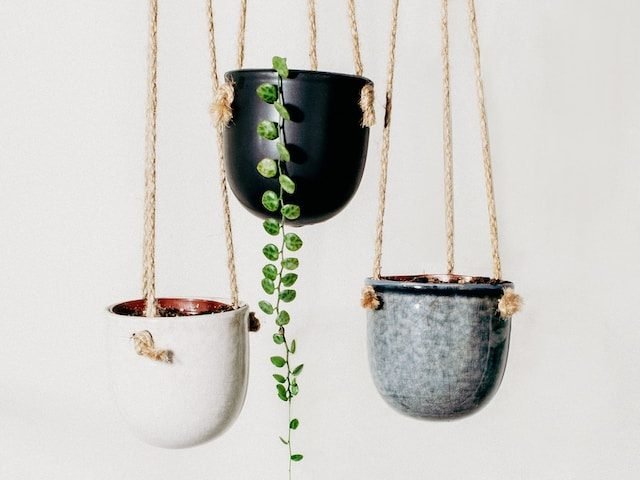
Basic Caladium Candidum Care
Caladium Candidum are unique as they are tuberous plants which only produce leaves in spring and summer, so expect a complete loss of leaves over the winter months.
| Light |
Bright Indirect LightI love the sunshine but too much direct light will damage my leaves. |
| Water |
Water ModeratelyI don’t like my soil to be too dry or too soggy. Little and often is what I’m after. |
| Humidity |
Medium HumidityPlease make sure the air isn’t too dry, otherwise I won’t be a happy plant. |
| Soil |
Potting SoilI need soil specifically for indoor plants as it retains the right amount of water. |
Bright but indirect light is best
Caladium Candidums thrive in bright indirect light but can also tolerate some medium level light.
Keep the soil moist but not soggy
When watering your Caladium Candidum you want to make sure that the soil maintains some moisture but doesn’t become waterlogged. Overly soggy soil will cause root rot and can potentially kill your plant pretty quickly.
Stop watering your Caladium Candidum in winter
Once the leaves on your Caladium Candidum fall off in autumn, cut back on watering almost entirely until the spring when you expect new leaves to start growing again.
They love high humidity
During the period where there are leaves on your Caladium Candidum, it’s important to increase the humidity around the plant. The easiest ways to do this is misting, using pebble trays and buying a humidifier.
Only ever fertilise during spring and summer
When it comes to fertilising your Caladium Candidum, you want to feed it regularly during spring and summer to encourage leaf growth (about once every week or two) and then stop totally once the leaves fall off.
Propagate by division
You can really easily propagate your Caladium Candidum by diving up the mother plant. Caladium Candidum are tuberous plants so you can divide those up into several smaller plants.
Unfortunately, Caladium Candidums plants are toxic
You want to keep your Caladium Candidum away from pets and children as they are toxic when ingested.

Caladium Candidum FAQs
Quick and simple answers to the most common questions we see about the Caladium Candidum .
Are Caladium Candidum plants easy to look after?
Caladium Candidum plants aren’t without their issues and specific requirements but whilst they aren’t a beginner houseplant, they can definitely become low maintenance once you’ve found the right spot.
Are Caladium Candidum toxic?
Yes, unfortunately, Caladium Candidum plants are toxic and can cause stomach irritation if ingested.
How much sunlight does my Caladium Candidum need?
Whilst they can tolerate some medium-level light, the best thing for Caladium Candidum plants is bright but indirect light. Keep them away from any intense full sun though as it can very quickly scorch the leaves, leaving irreversible brown and yellow patches.
How often should I water my Caladium Candidum?
You want to keep the soil evenly moist and prevent it from drying out for long periods of time. This requires a little but often approach to watering to avoid the roots rotting.
Common Problems with your Caladium Candidum
Here are some common issues that you might run into. It’s important to diagnose any issues early to give your plant the best chance of bouncing back.
Why are the leaves on my Caladium Candidum losing colour?
The main reason why Caladium Candidum leaves discolour is a lack of sunlight. Try moving your plant into a sunnier spot but avoid too much direct light.
Why are the leaves on my Caladium Candidum dry?
Consistent underwatering may be causing your Caladium Candidum’s leaves to go dry and crispy. This will tend to happen from the edge of the leaf inwards. Check the moisture levels in the soil to confirm the issue and adjust your watering schedule accordingly.
Why are the leaves on my Caladium Candidum falling off?
It is totally natural for your Caladium Candidum to lose all of its leaves in autumn. This is just part of the natural cycle of the plant and they will come back again in spring! Stop watering and feeding your plant until then.















